Category: Change
-

Ending the sales–marketing stalemate: why tech alone is not the answer
Attitude, Biz Tech, Change, Collaboration, Lead management, Marketing automation, Sales alignment, TransformationRead more: Ending the sales–marketing stalemate: why tech alone is not the answerI recently had a fascinating discussion with the product manager of a promising account-based marketing (ABM) startup that intends to take targeted B2B marketing to the next level. Their approach?…
-

Balancing empathy with efficiency
AI, Artificial Intelligence, Biz Tech, Change, Customer experience, Engagement, Experience, TransformationRead more: Balancing empathy with efficiencyCustomer frustration with service continues to be a huge challenge. Service delivery should be improving, given that Customer Experience (CX) is widely acknowledged as a mission critical function, requiring tech…
-

“Weekends start at 11am on Fridays”
Read more: “Weekends start at 11am on Fridays”How difficult it is for legacy businesses to transform, especially those with storied histories, is illustrated by the travails endured by Volkswagen’s beleaguered CARIAD software division. The YouTube channel Connecting…
-

Tracking AI’s Martech transformation
Read more: Tracking AI’s Martech transformationWay back in 2011 Chief Martec’s Scott Brinker began tracking marketing applications in the form of a “super graphic”. Scott identified 150 tools in his first edition. Today there are…
-
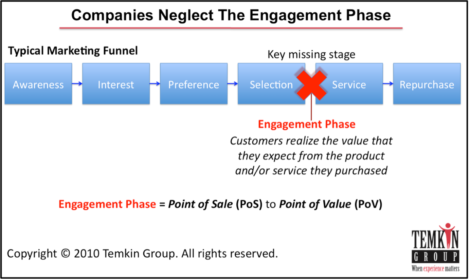
Reprioritise Point of Sale and focus on Point of Value
Change, Collaboration, Customer experience, Engagement, Experience, Sales alignment, To be defined, Transformation, TrustRead more: Reprioritise Point of Sale and focus on Point of ValueOrganisations must rebalance away from sales and prioritise value delivery, according to CX guru Bruce Temkin. Temkin says too many organizations overly focus on selling their products and services, but…
-
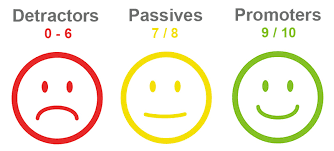
The decisive new NPS metric: earned growth rate
Attitude, Biz Tech, Change, Collaboration, CRM integration & utilisation, Customer experience, Engagement, Experience, Marketing ROl, To be definedRead more: The decisive new NPS metric: earned growth rateConfronted with the gaming of his original NPS, the concept’s founder Robert Reichheld is now advocating that it be paired with a new metric: earned growth rate. However, will this…
-
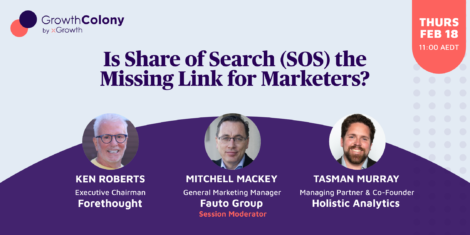
SOS: high impact predictive tool or overrated and over hyped?
Read more: SOS: high impact predictive tool or overrated and over hyped?Is Share of Search marketing’s compelling new metric, which can predict future market share? Supporters of the concept say “yes” and then add several caveats. Detractors also frame their “no”…
-
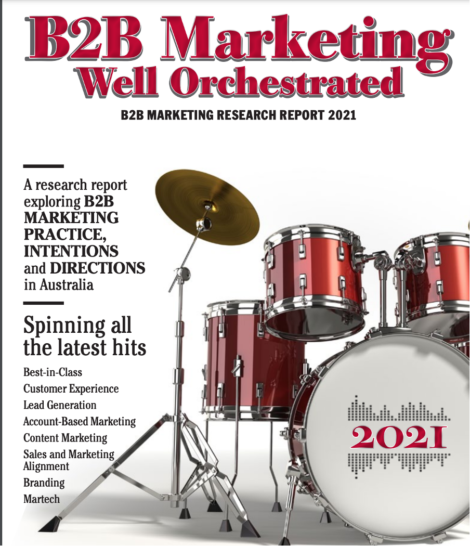
Slow progress is not good enough
Attitude, Biz Tech, Change, Collaboration, Content Marketing, CRM integration & utilisation, Customer experience, Data, Digital marketing, Engagement, Experience, Lead management, Marketing automation, Marketing ROl, Mindfullness, Sales alignment, To be defined, Transformation, ValueRead more: Slow progress is not good enoughNow into its second decade, the survey by leading Australian B2B marketing agency Green Hat shows that marketers are achieving only slow progress in digitising and driving commercial outcomes.
-
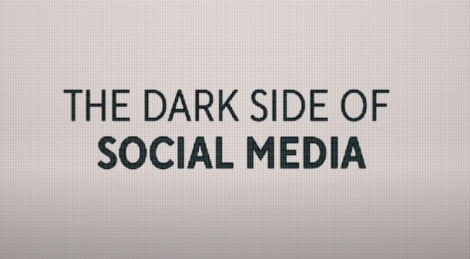
Disconnect and run
Read more: Disconnect and runDisconnect and run: Netflix’s Social Dilemma. Conscientious defectors explain that addiction and privacy breaches are features not bugs in this compelling documentary. Vladimir Putin did not have to hack Facebook…
-
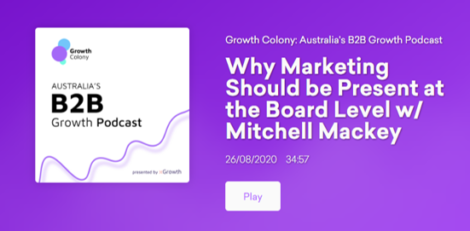
Marketing must earn its Board Room credibility
Read more: Marketing must earn its Board Room credibilityMarketing has long been a lightweight player in too many old-school Boardrooms, dominated by people with finance and legal backgrounds. As it is not regarded as mission critical, Marketing’s Opex…

